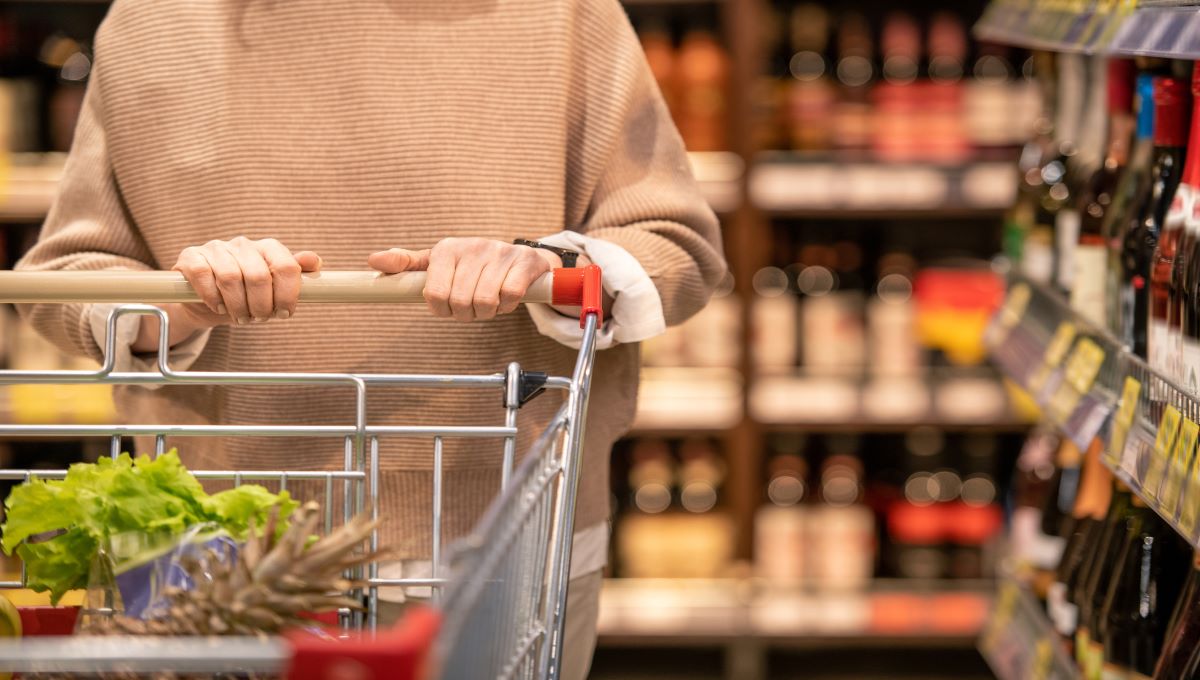FSA survey finds high confidence in food safety

More than nine in 10 people surveyed in three UK countries have confidence that the food they buy is safe to eat.
Food and You 2 is a biannual survey which covers self-reported consumer knowledge, attitudes and behaviors related to food safety and other issues amongst adults in England, Wales and Northern Ireland.
Fieldwork for the survey was between late July and early October 2020 by Ipsos MORI and findings were published by the Food Standards Agency (FSA). A total of 9,319 adults from 6,408 households in these three countries completed the survey. Topics included trust in the FSA and the supply chain, concerns about food, food security, food shopping and food safety in the home.
More than three quarters said they had confidence in the food supply chain. People were more likely to have confidence in farmers, and shops and supermarkets than in takeaways, and food delivery services.
Six percent of respondents have used Facebook marketplace to buy food.
Top concerns
Most respondents had no concerns about the food they eat. Food production methods, environmental and ethical concerns and food provenance were the top mentioned worries. Only 5 percent reported concerns relating to food authenticity.
When given a list of options, the main concerns were the amount of sugar in food, food waste and animal welfare. A total of 43 percent reported anxieties about food fraud or crime and 38 percent about food poisoning.
More than nine in 10 respondents had heard of the FSA. Three quarters of those who had at least some knowledge about the FSA said they trust the agency to make sure food is safe and what it says it is.
Almost three-quarters of those asked identified the use-by date as information that shows food is no longer safe to eat. Almost two-thirds said they always check use-by dates before they cook or prepare food but nearly half had eaten bagged salad past the use-by date.
People were asked how they tell whether different foods are safe to eat or cook with. Smell was most often used to assess raw meat and milk and yogurt. Survey respondents said they relied on the use-by date to assess fish, eggs and dried or cured meats most often. Cheese was mainly assessed visually.
Food safety professionals around the world warn against using smell or appearance to determine whether food is safe to eat.
At home actions
The majority, 77 percent, of those asked said they always wash their hands before preparing or cooking food.
Most never eat chicken or turkey or duck when it is pink or has pink juices. However, almost two thirds reported eating red meat at least occasionally when it is pink. Color can be one factor in identifying potentially undercooked meat and poultry, but the only way to tell if food is properly cooked is to use a thermometer.
The most common method to check food is ready to eat when reheated was to check the middle is hot while the least common way was to use a thermometer or probe.
Half of respondents use different chopping boards for raw meat and other foods and a third wash the chopping board between preparing such items. A third still wash raw chicken at least occasionally. Food safety experts say raw poultry and meat should never be washed before cooking because microscopic droplets of splashing water can contaminate kitchens,
Eating habits had changed for more than 80 percent of people during the past 12 months. The main causes were COVID-19 and lockdown, health and financial reasons.
In total, 16 percent of respondents had eaten food past its use-by date and 15 percent had kept leftovers for longer before eating.
The most common changes related to what and where respondents ate such as eating out less and cooking more at home; reducing food costs and increased positive food management behaviors such as making more packed lunches.
Emily Miles, FSA chief executive, said it was encouraging to see that confidence in food safety and supply is high.
“However, the survey also gives us further critical insight into the negative changes people have had to make to their diets as a result of the pandemic. It’s this type of deep and careful research which is vital in helping us understand and represent the consumer perspective in order to inform better decisions made across government about the food we eat,” she said.
(To sign up for a free subscription to Food Safety News, click here.)
